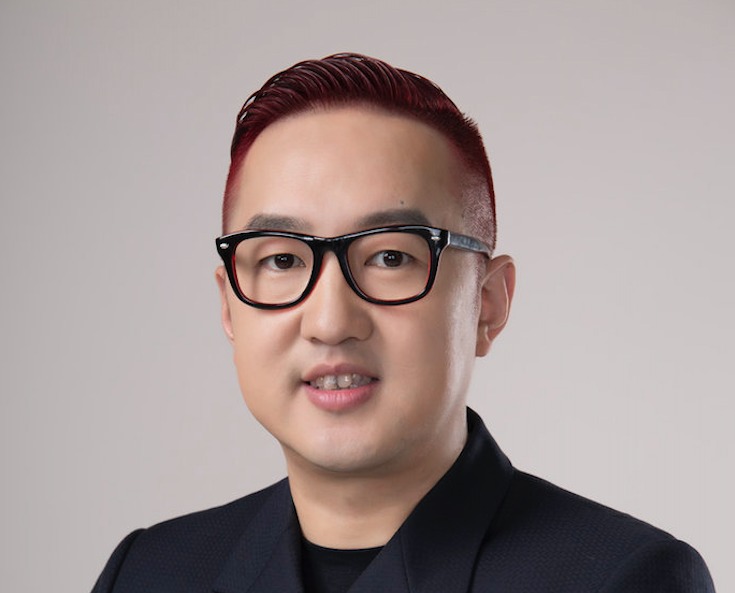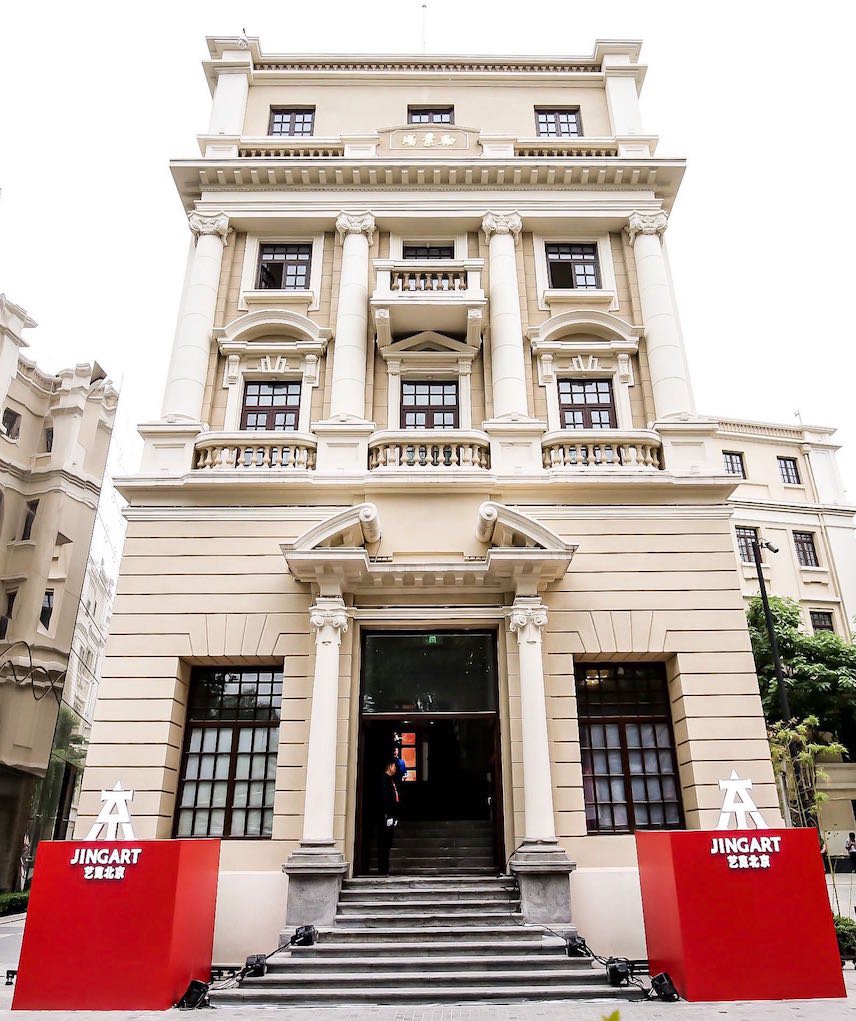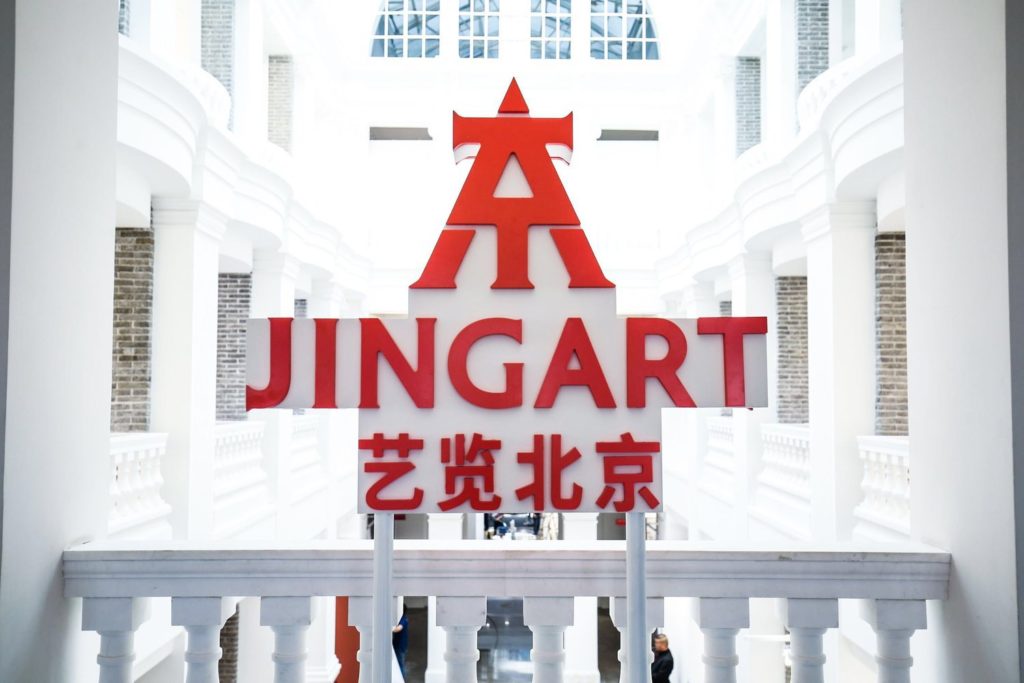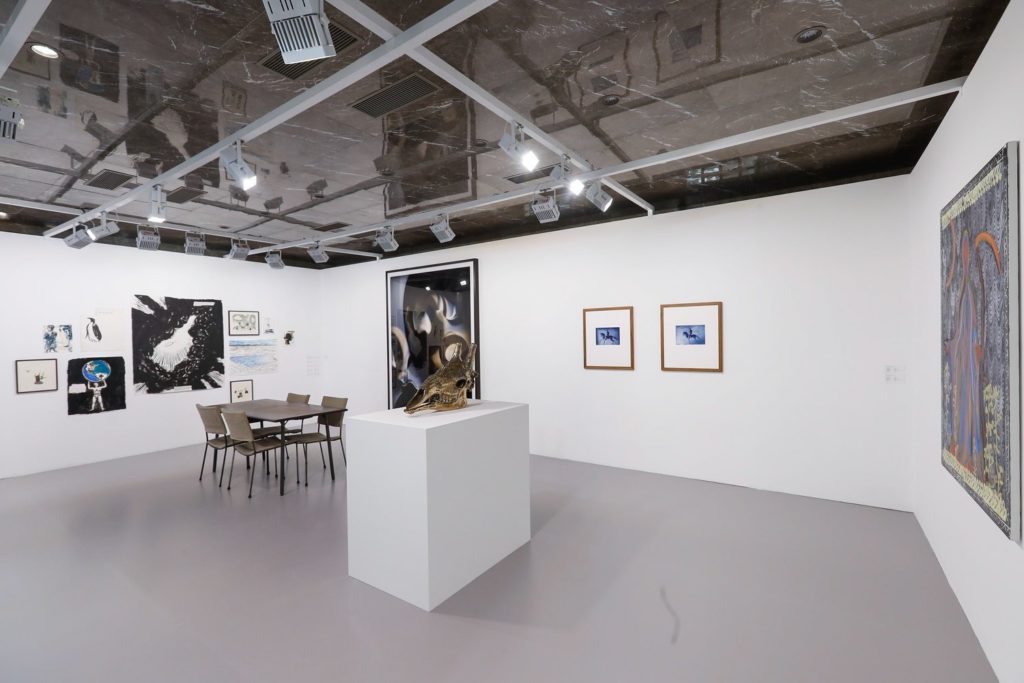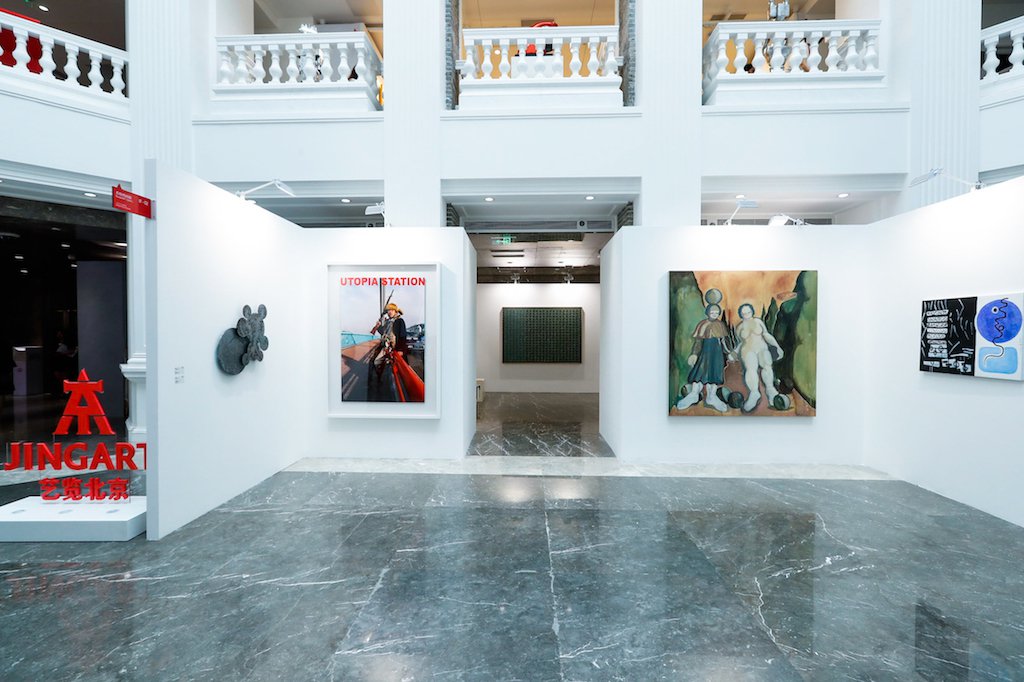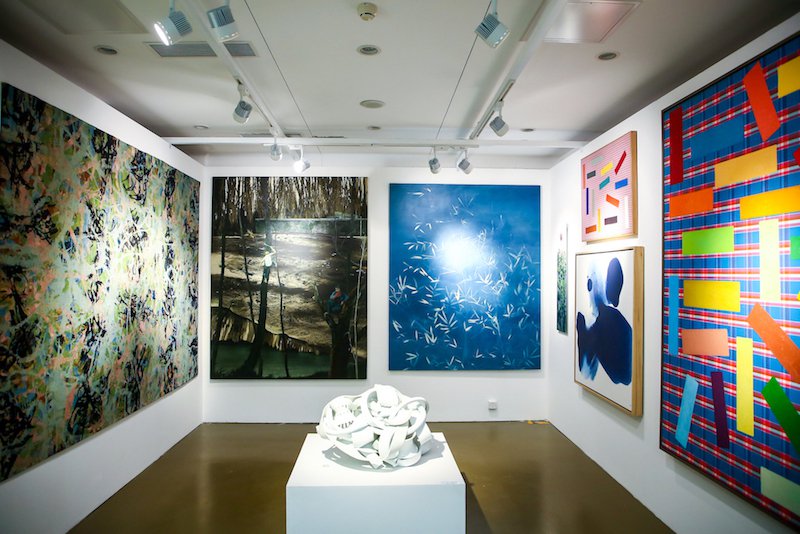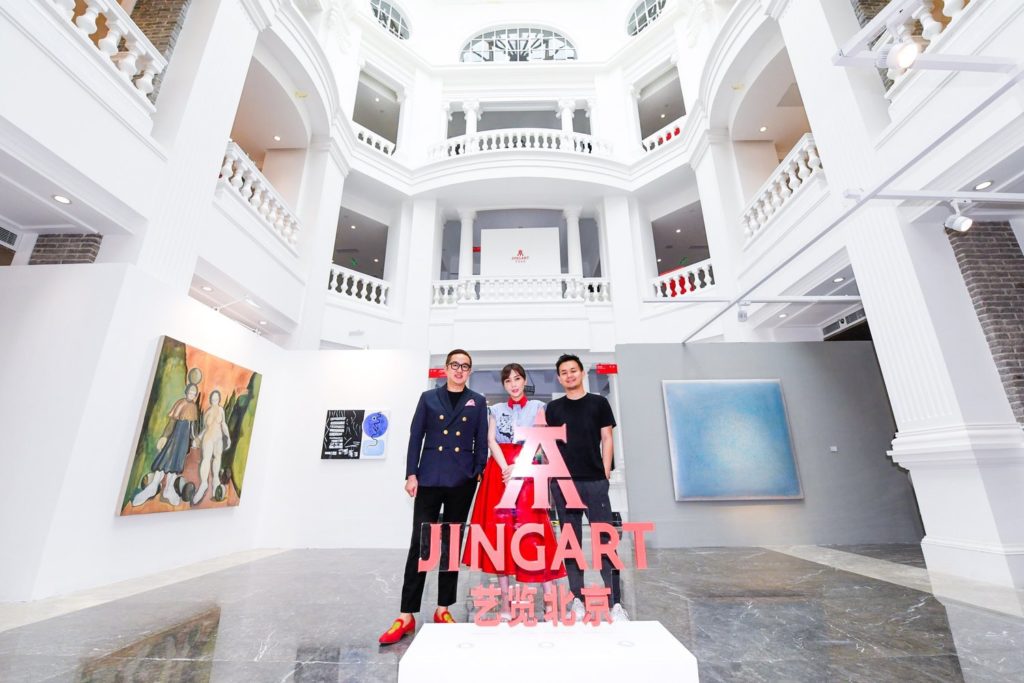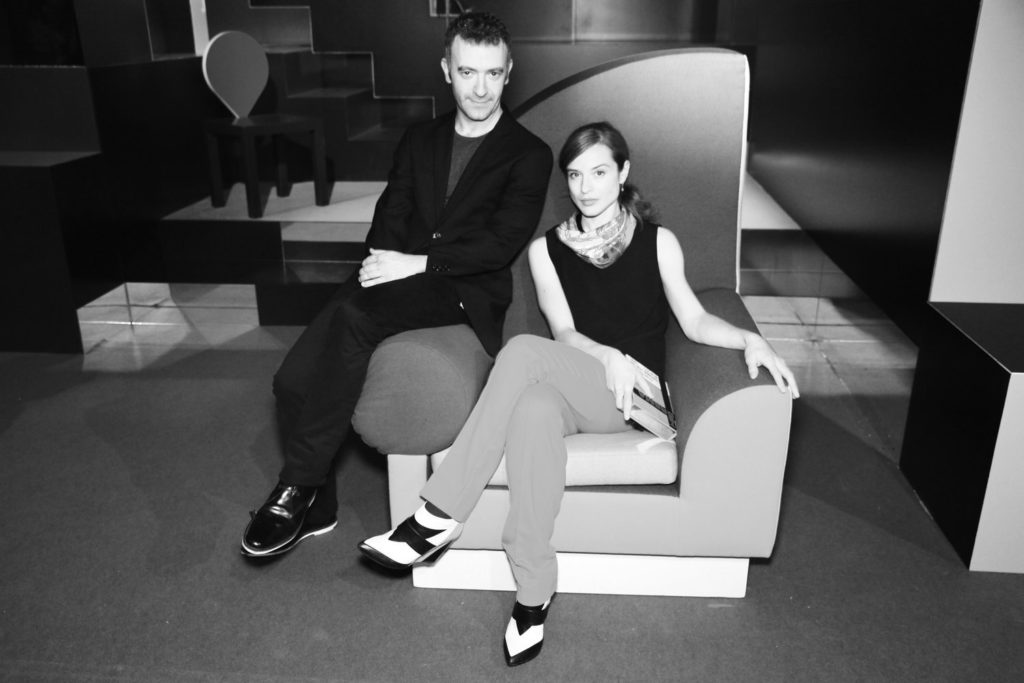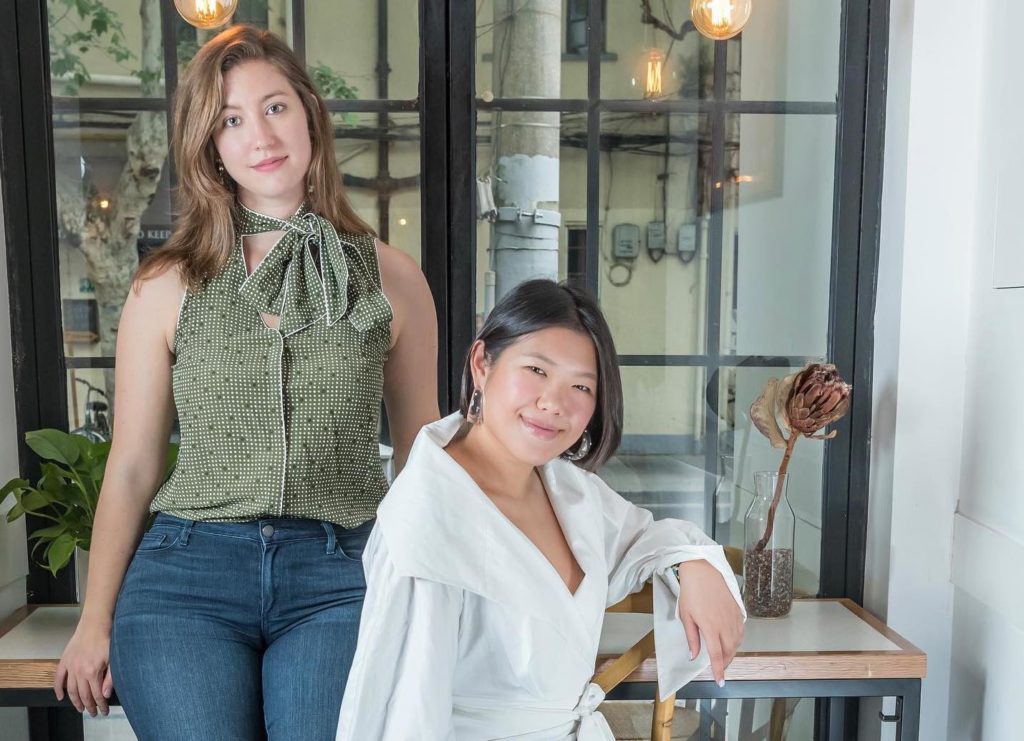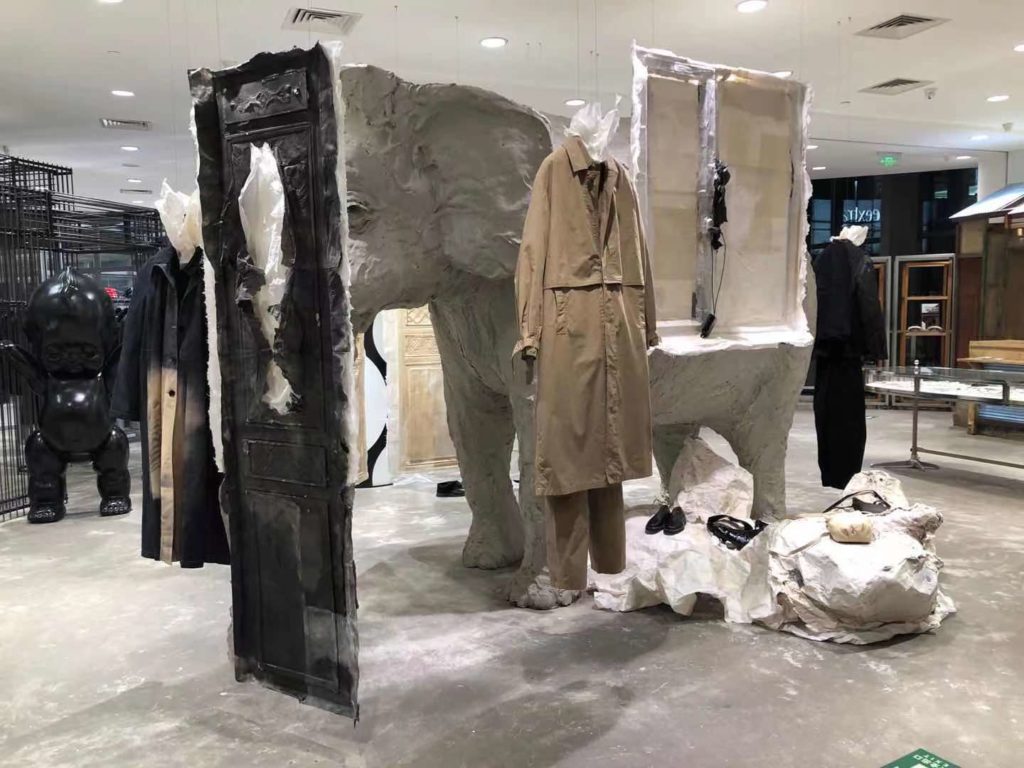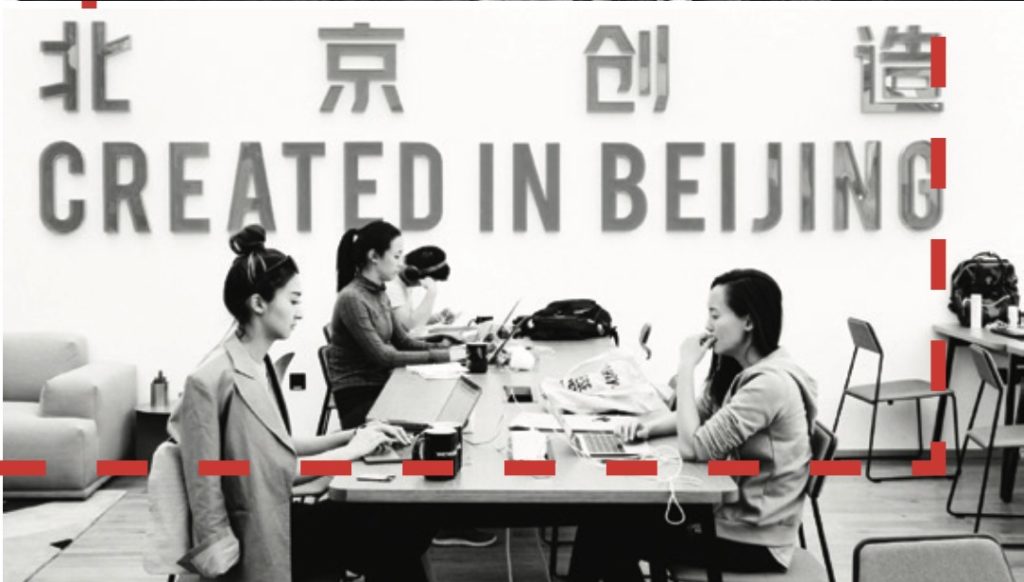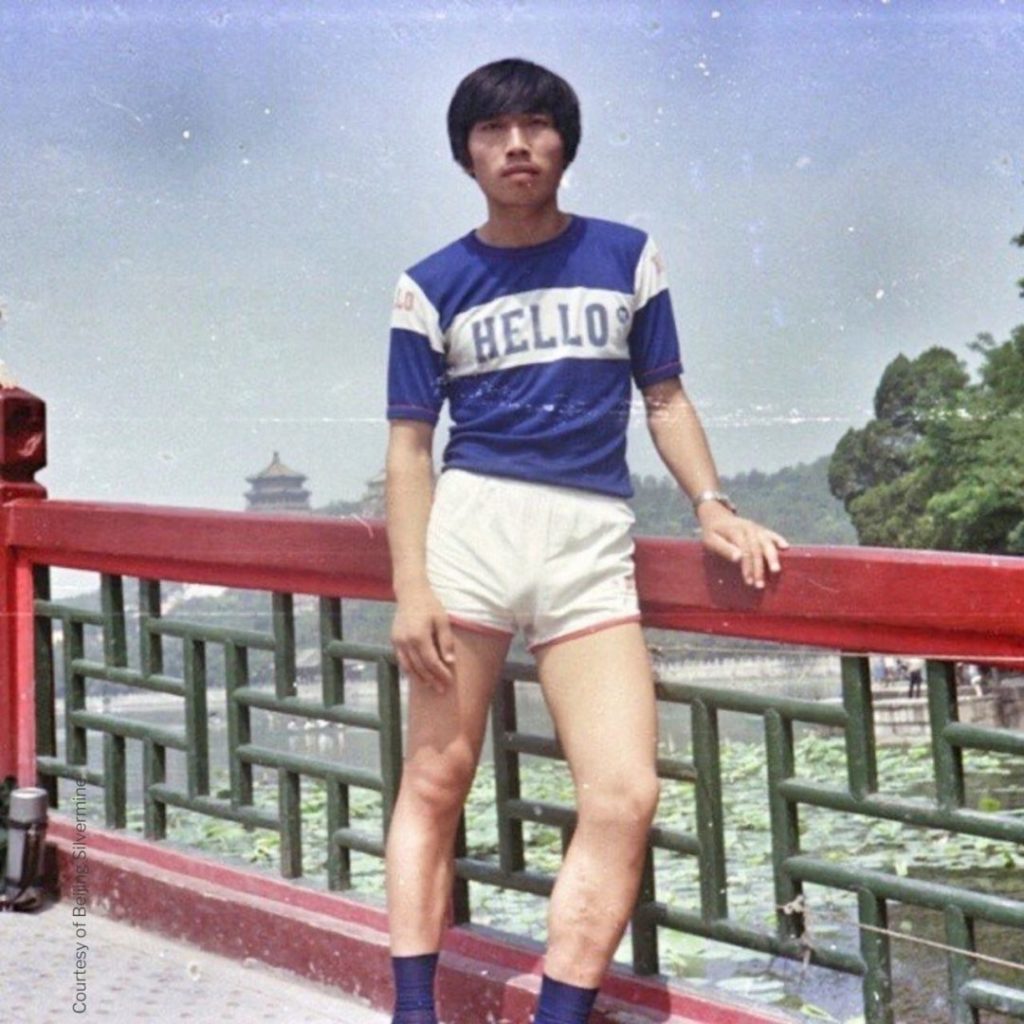DoorZine: Why did you want to set up an art fair in Beijing after Art021 in Shanghai?
Bao Yifeng: We had been running the Art021 fair in Shanghai for five years, and had reached a bit of a crossroads. We needed to either scale up or create something different. Last year was our fifth anniversary, and most of Shanghai Exhibition Center was taken up with exhibitions. Our revenue had stayed pretty much the same, and we faced having to secure a major sponsor – a possible but unreliable option. This led us to consider taking Art021 to another city, or starting something entirely new. After researching some second-tier cities, including Shenzhen, Chengdu and Hangzhou, we picked Beijing. Not only does it have the most active community of collectors and galleries, but it also has the infrastructure we need. For us, galleries and collectors are the most important elements, but the venue is also quite critical. Our three co-founders debated the issue and reached consensus on Beijing.
DoorZine: Why did you choose the new name JingArt?
Although I have plenty of experience with PR, I needed to hear more opinions. We then consulted various people about branding and PR. We could either keep our well-established Art021 brand, or pick something very different. We concluded that while Art021 was a contemporary art fair, our new Beijing program would be more diverse. It would include classic galleries, design, jewelry, coins, and even ceramics and antiques. These differences called for a new brand and a new name.
The name JingArt was inspired by car license plates. Each province has a single character on its license plate: Beijing has Jing, Shanghai has Hu, Chongqing has Yu, Guangzhou has Yue. The name Art021 was taken from Shanghai’s area code. With this new brand, we could move from city to city by way of license plates, each becoming X-Art.

